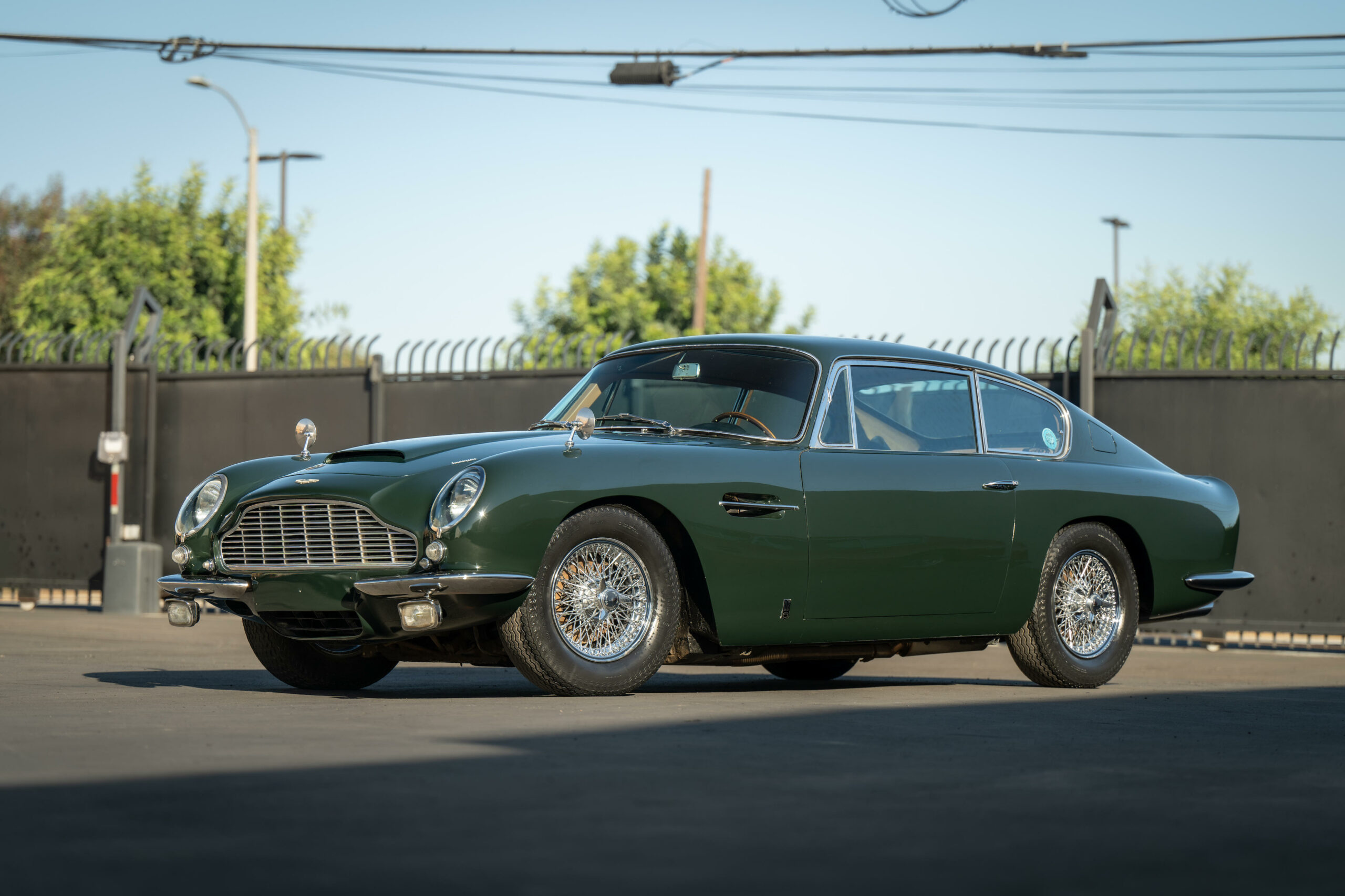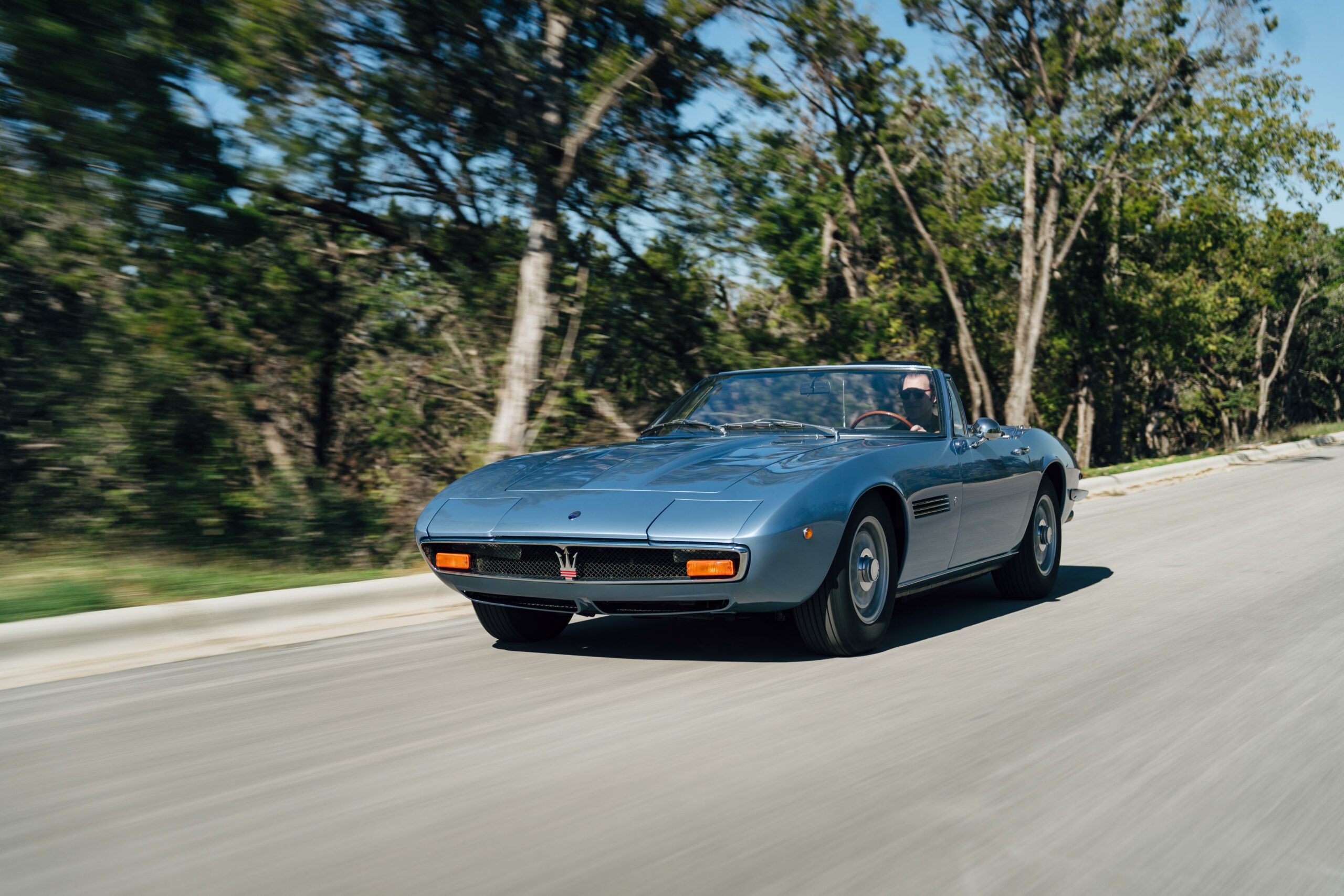Categories
- 1910s
- 1920s
- 1930s
- 1940s
- 1950s
- 1960s
- 1970s
- 1980s
- 1990s
- 2000s
- AMC
- Aston Martin
- Autobianchi
- Bentley
- BMW
- Bristol
- Buick
- Cadillac
- Chevy
- Chrysler
- Citroen
- Classic Cars
- Classic Hot Rods
- Classic Muscle Cars
- Classic Sports Cars
- Cunningham
- Davis
- Duesenberg
- Edsel
- Facel Vega
- Ferrari
- Fiat
- Ford
- Ghia
- Hillman
- Hudson
- Jaguar
- Kaiser
- Lamborghini
- Luxury Car
- Maserati
- Mercedes-Benz
- Moretti
- Packard
- Panhard
- Plymouth
- Porsche
- Reliant
- Rolls-Royce
- Studebaker
- Toyota
- Uncategorized
- Vespa
- Volvo
- Wolseley
The history of Maserati is a tale of Italian automotive excellence, luxury, and a passion for creating high-performance sports cars. Founded in 1914 by the Maserati brothers—Alfieri, Bindo, Carlo, Ettore, and Ernesto—Maserati quickly gained recognition for its involvement in motorsport and the production of high-quality automobiles.
The Maserati brothers, who had a background in mechanical engineering and racing, established the company in Bologna, Italy, initially as an automotive repair workshop. In 1926, Maserati produced its first racing car, the Maserati Tipo 26, which competed in the Targa Florio, an iconic Sicilian road race. This marked the beginning of Maserati’s racing legacy.
Throughout the 1920s and 1930s, Maserati became known for its successful racing cars, including the Maserati 8C and the Maserati 6CM. The brand achieved numerous victories in prestigious races like the Indianapolis 500 and the 24 Hours of Le Mans.
After World War II, Maserati continued its motorsport success, particularly in Formula One racing. The Maserati 250F, driven by legendary racers such as Juan Manuel Fangio and Stirling Moss, became one of the most iconic Formula One cars of its era.
In 1957, Maserati introduced the Maserati 3500 GT, its first road car with a focus on luxury and performance. This marked Maserati’s entry into the production of high-end sports cars for the consumer market.
The 1960s saw the introduction of the Maserati Ghibli, a stylish grand tourer, and the Maserati Quattroporte, a luxury sedan. These models represented Maserati’s commitment to combining performance with comfort and elegance.
In the 1980s, Maserati faced financial difficulties and changed ownership several times, including a period of ownership by De Tomaso and later by Fiat. Despite these challenges, Maserati continued to produce notable models like the Maserati Biturbo and the Maserati Shamal.
In 1993, Maserati was acquired by Ferrari, marking a new era for the brand. Under Ferrari’s ownership, Maserati underwent a revival, introducing models like the Maserati 3200 GT and the Maserati Quattroporte V, which combined Italian design with high-performance engines.
In the 21st century, Maserati expanded its lineup with models like the Maserati GranTurismo, the Maserati GranCabrio, and the Maserati Levante, a luxury SUV.
Today, Maserati continues to produce high-performance sports cars and luxury vehicles with a focus on style, performance, and Italian craftsmanship. The brand’s trident logo, inspired by the Fountain of Neptune in Bologna, reflects its heritage and commitment to excellence in automotive design and engineering.






